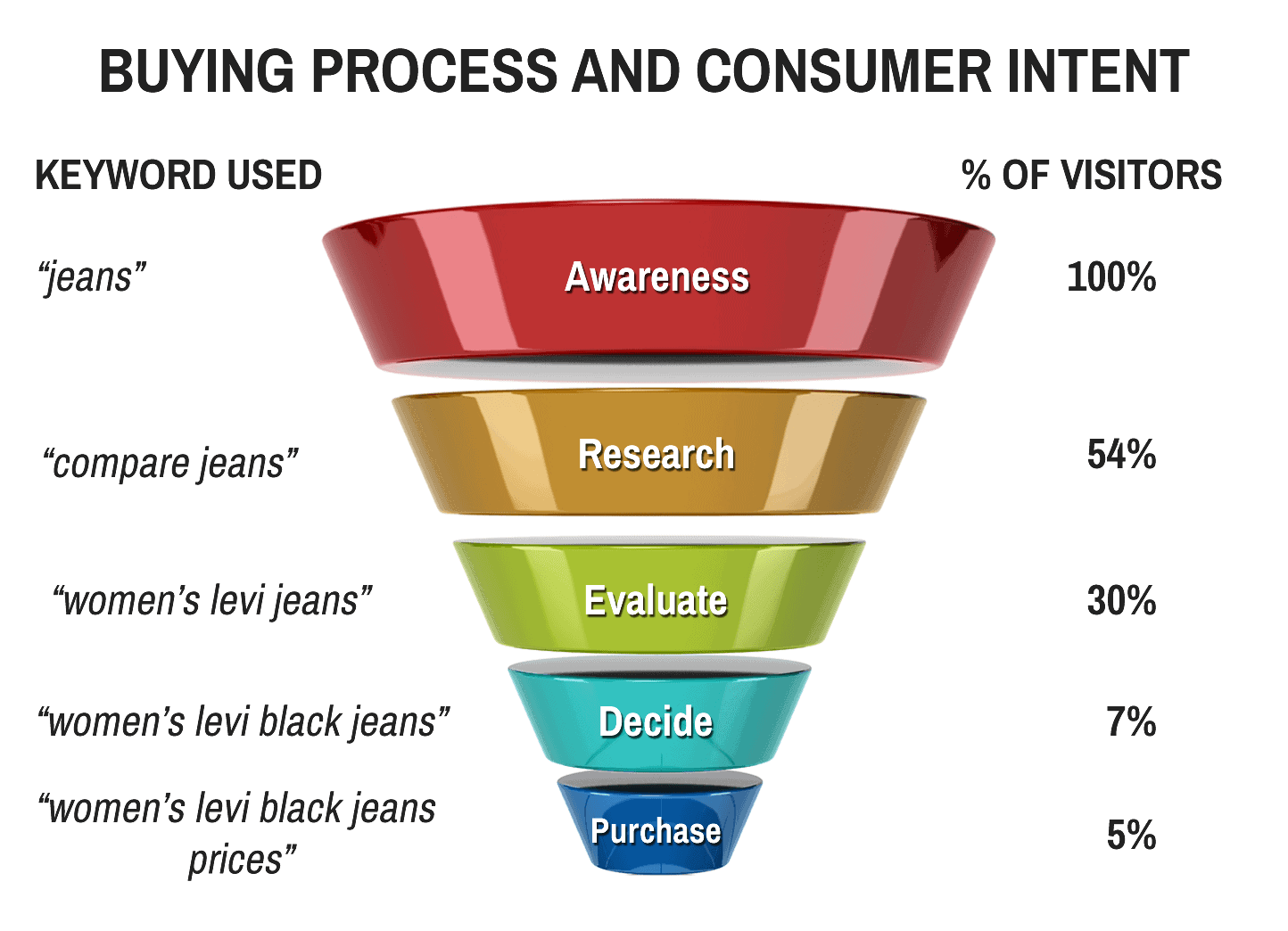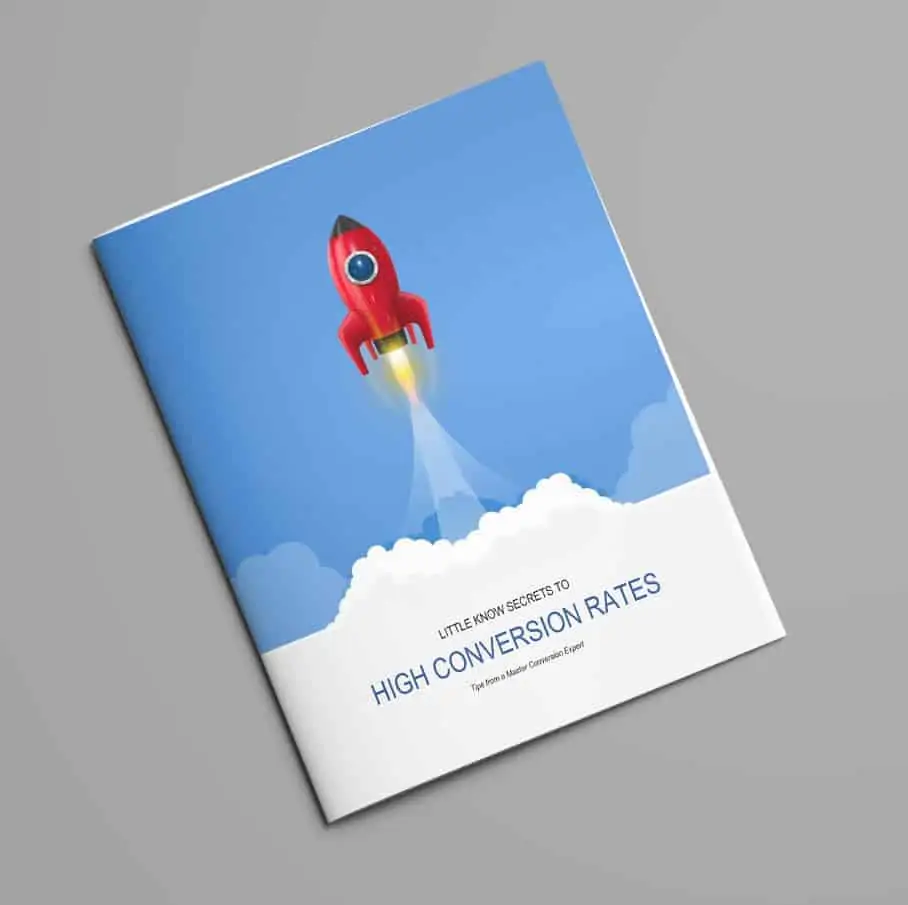As a marketing professional, everyday I’m faced with advising on the best keywords for advertisers to bid on. Advertisers often desire the highly popular, broad terms. But, be careful what you wish for – this strategy can lead to failure.
When you are looking for keywords (whether it be PPC or SEO), you usually start with a small seed list, expand it to 50-100 phrases and then do some research to find out how many times people use these phrases in actual searches. The next logical step is to sort your list by keyword popularity so you can begin to focus on keywords that have the most traffic potential.
If popularity is all you consider, you are in for a shock. Popular keywords don’t usually translate into valuable keywords. They may bring in a lot of traffic but that is where the appeal ends for the advertiser wanting to increase sales. Why? Besides the higher overhead, the person who is using broad keywords is often in the very early stages of the buying process. If your marketing goal is more sales, you need people closer to end of the process, thus reaching the right people at the right time.
There are two critical elements in keyword research that can mean the difference between victory and defeat. The next time you make a list of keywords, add two more columns to your spreadsheet:
1. Commercial Intent
If you don’t consider the person’s intent for using a particular keyword – you could be paying for traffic that will never develop into sales. The bottom line is, if a keyword isn’t producing conversions, its popularity only compounds the problem. It will continually drain your budget, until your wallet is empty.
Commercial intent can be a powerful way to tell whether the person is at the beginning, middle or end of the buying process. If a person uses “best swimming pools” and another uses “pool builder in NY”, it’s easy to spot the intent and thus identify the stage of the buying process.
The value of Buy Words
How would you like to get traffic from ranking at the top for “Jeans”? It’s a wonderful thought to be number one for a keyword that produces thousands and thousands of searches a day. But, is it really wonderful?
Long-tail keywords like “buy women’s black jeans” will always convert better than “jeans”. The person using a specific query is further along in the buying cycle and in this case has revealed their intent to buy now right in the keyword phrase. The person searching for “jeans” is usually at the “awareness” stage and thinking they may want some jeans. They have a long road ahead (and a lot of browsing to do) before they actually pull out the credit card.
Commercial intent is not always as clear cut as this example, but you can easily see how ranking for a broad term may mean more traffic but also a negative return on your investment. In fact, it’s why some websites can attract 60k visitors but with a dismal 1% conversion rate – it is not a plus.
Who would you rather be?
|
|
Visitors |
Average Sale |
Conversion Rate |
Value |
|
Advertiser A |
60,000 |
$75 |
1% |
$45,000 |
|
Advertiser B |
20,000 |
$75 |
5% |
$75,000 |
In this example, the first advertiser not only suffers from too many shoppers and not enough buyers, they have to absorb the higher costs associated with broad keyword advertising (SEO and PPC). And, the more traffic they get, the more dismal their conversion ratio becomes. They are breaking one of the fundamental marketing rules by not advertising to the right people at the right time.
2. Relevancy
The other factor in keyword selection is relevancy. Excluding keywords from your list is almost as important as including others. If someone searches for “diamond studded jeans” and you don’t carry them – you are probably not going to persuade them to buy denim. Ranking for this keyword (even accidentally) is not good for your marketing. If they click and visit – they increase your traffic without becoming a conversion and thus lowering your conversion ratio. This can lead to mistakes in your marketing strategy and planning – thus, it’s not worth the negative impact on your ratio.
Make a list and check it twice
Understanding or at least guessing when it comes to consumer intent is critical. Rank your keyword list according to the buying stage you would guess correlates with each keyword and eliminate keywords that are not relevant.





